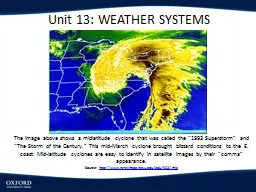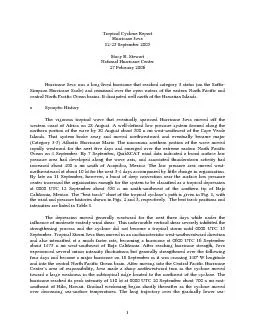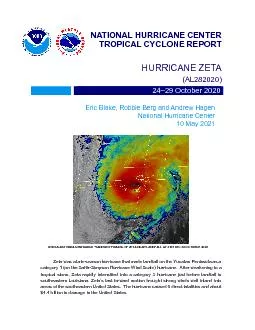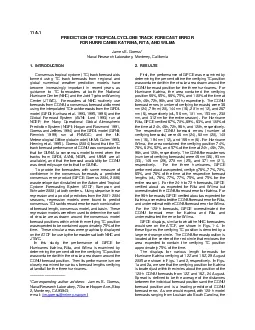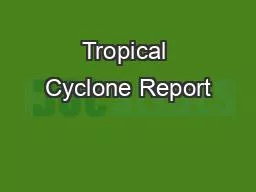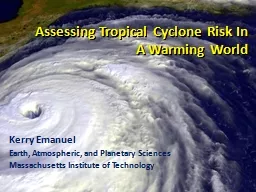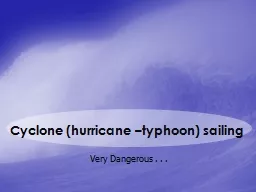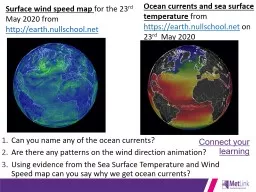PDF-NATIONAL HURRICANE CENTER TROPICAL CYCLONE REPORTTROPICAL STORM ANA
Author : badra | Published Date : 2021-10-02
2223 May 2021 3 August 2021 NASATERRA MODERATE RESOLUTION IMAGING SPECTRORADIOMETER MODIS IMAGERY OF SUBTROPICAL STORM ANA AT 1507 UTC 22 MAY 2021 IMAGE COURTESY
Presentation Embed Code
Download Presentation
Download Presentation The PPT/PDF document "NATIONAL HURRICANE CENTER TROPICAL CYCLO..." is the property of its rightful owner. Permission is granted to download and print the materials on this website for personal, non-commercial use only, and to display it on your personal computer provided you do not modify the materials and that you retain all copyright notices contained in the materials. By downloading content from our website, you accept the terms of this agreement.
NATIONAL HURRICANE CENTER TROPICAL CYCLONE REPORTTROPICAL STORM ANA: Transcript
Download Rules Of Document
"NATIONAL HURRICANE CENTER TROPICAL CYCLONE REPORTTROPICAL STORM ANA"The content belongs to its owner. You may download and print it for personal use, without modification, and keep all copyright notices. By downloading, you agree to these terms.
Related Documents


